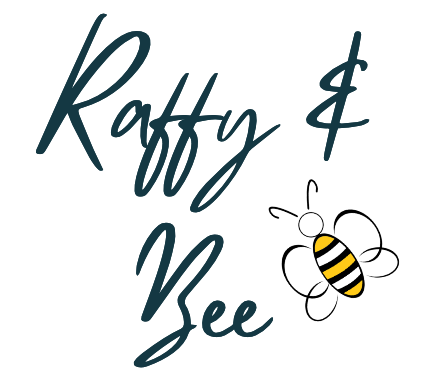Unknotting the mystery of natural yarns and eco-friendly yarns – are they the same?
Natural yarns and eco-friendly yarns are increasingly popular in the world of textiles and crafting. With a growing awareness of the impact of consumerism on the environment, many individuals are seeking out more sustainable and environmentally-friendly options.
As a result, we use the terms “natural yarns” and “eco-friendly yarns” a lot. However, are these two categories really the same?
Are there significant differences between the two that consumers should be aware of?
In this blog post, we will delve into the world of yarns and explore the distinctions between natural yarns and eco-friendly yarns. We will examine the production processes, materials used, and potential environmental impacts of both types of yarn.
By the end, you will have a better understanding of these terms and be able to make informed decisions when it comes to choosing gifts made out of these yarns.
So, let’s unravel the truth about natural yarns and eco-friendly yarns and see if they are truly one and the same.
Differentiating between natural and eco-friendly yarns
When it comes to choosing yarns for our crafting projects, we often hear the terms “natural” and “eco-friendly” thrown around. But are these two categories really the same? The answer is no.
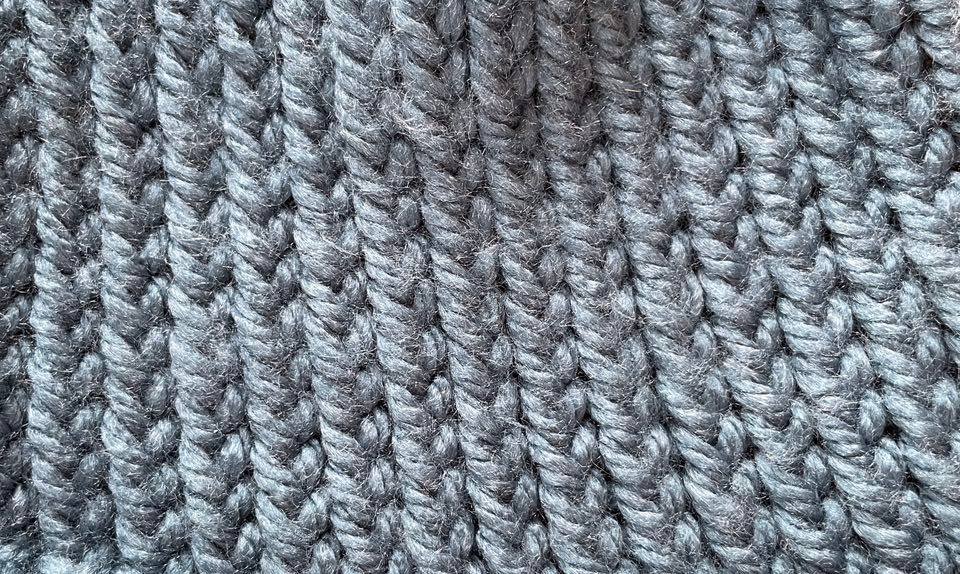
While both types of yarns are gaining popularity for their perceived environmental benefits, there are distinct differences between them.
Natural yarns are made from fibres that occur in nature, such as cotton, wool, and silk. Eco-friendly yarns are produced using sustainable and environmentally responsible methods.
It’s important to understand these differences and consider the impact of our choices when it comes to choosing yarns for our projects, and the yarns that are used in the gifts that we buy.
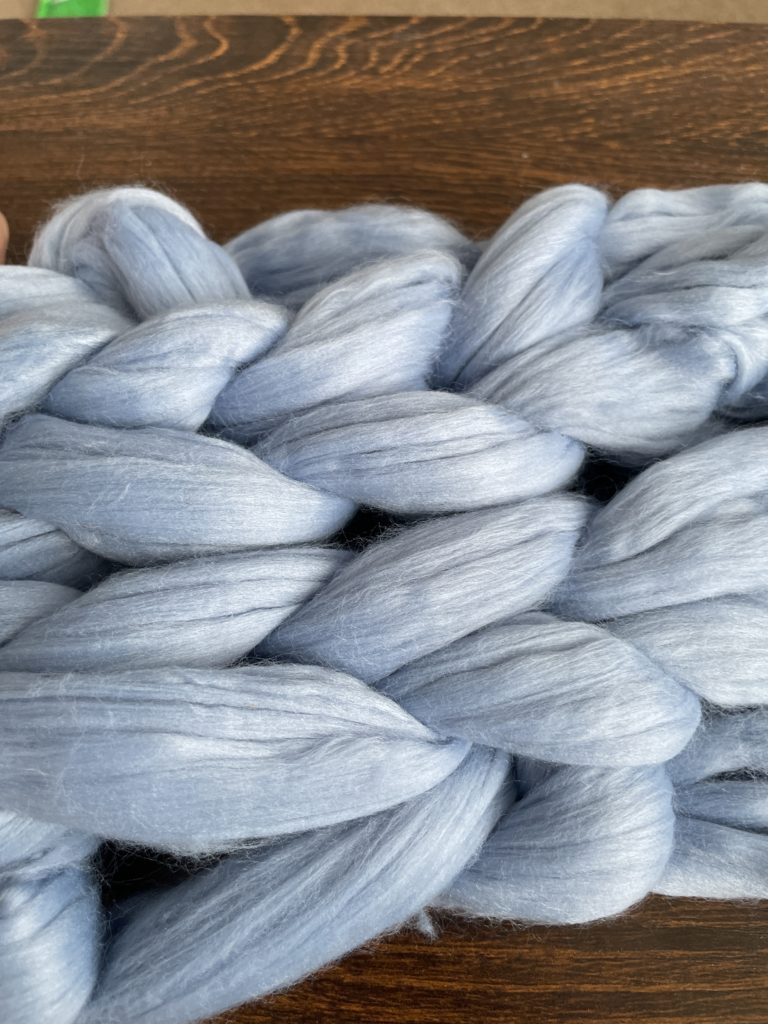
Understanding the sustainability factor
In today’s world, sustainability has become a major concern for many industries, including the textile industry. With the negative impact of fast fashion on the environment, there has been a growing demand for sustainable and eco-friendly products.
While natural yarns are made from natural fibres, such as organic cotton, wool, or silk, eco-friendly yarns go a step further by using sustainable methods in their production.
This includes using renewable energy sources, reducing water and chemical usage, and promoting fair labour practices. By understanding the sustainability factor in yarn production, we can make more informed and responsible choices in our crafting and buying habits.
Exploring yarn options
While natural yarns and eco-friendly yarns both offer a more sustainable alternative to traditional yarns, they are not necessarily the same. I use both in my no needles knitting creations, but I always make sure that the yarns I choose are the best ones for the environment.
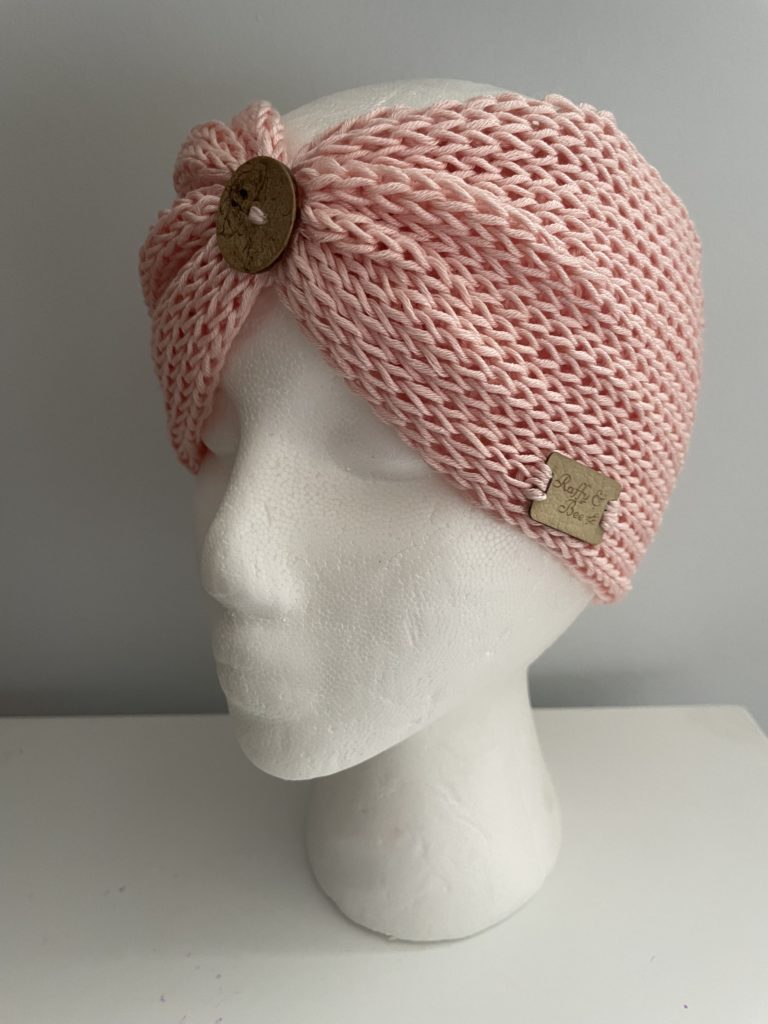
Natural Yarns: A Touch of Nature
Natural yarns are derived from organic materials that occur in nature. These materials can include –
- Animal fibres, such as wool from sheep, alpaca, or goat (cashmere or mohair)
- Plant fibres like cotton, linen, and bamboo.
The appeal of natural yarns lies in their timeless qualities, including softness, breathability, and biodegradability.
Eco-Friendly Yarns: Crafting with Care for the Environment
Eco-friendly yarns, on the other hand, take a broader approach to sustainability. They encompass a range of fibres and production methods designed to minimise the environmental impact of yarn production. They may well contain synthetic fibres, but might be produced in a more sustainable manner, therefore lowering their impact on the planet.
Examples of eco-friendly yarns include –
- Bio Nylon
- Yarn made with plastic bottles
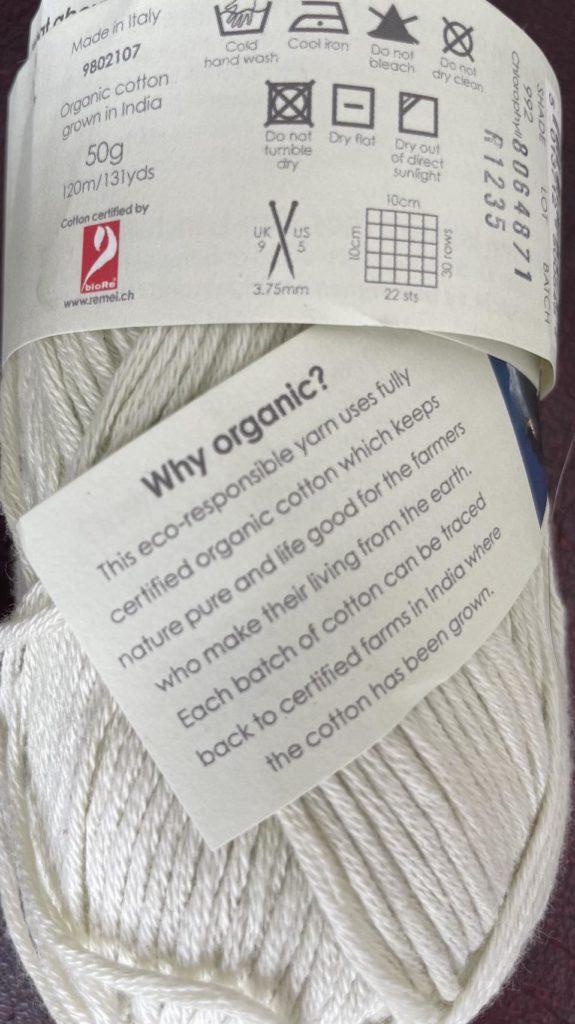
Natural Yarns – A Summary
Pros of Natural Yarns:
- Biodegradable: Natural fibres break down naturally, reducing their environmental impact and therefore the impact on the planet.
- Breathable: Natural yarns are often more comfortable to wear in various climates.
- Versatile: They can be used for a wide range of knitting and crochet projects as they are light and airy.
Cons of Natural Yarns:
- Animal Welfare Concerns: Animal-based yarns may raise ethical questions about the treatment of animals in the production process.
- Resource-Intensive: Producing some natural yarns can consume significant resources, like water and land.

Eco-Friendly Yarns – A Summary
Pros of Eco-Friendly Yarns:
- Reduced Environmental Impact: These yarns often use fewer resources, recycle materials, and minimise waste.
- Ethical Considerations: Eco-friendly yarns often prioritise animal welfare and fair labour practices.
- Innovation: Manufacturers are constantly developing new, sustainable yarn options, pushing the boundaries of what’s possible.
Cons of Eco-Friendly Yarns:
- Cost: Eco-friendly yarns may be more expensive due to the sustainable practices and materials involved.
- Limited Availability: Depending on your location, finding a wide variety of eco-friendly yarns may be challenging.
One thing I did realise is that recycled acrylic, like regular acrylic, is typically not considered breathable and may not be the best choice for materials that are in direct contact with the skin, especially in clothing applications. Acrylic fibres are synthetic and are known for their insulating properties, which can trap heat and moisture, leading to discomfort.
Realising this has led to me making some important decisions about the types of yarn I want to work with moving forwards.
I always spend a lot of time researching my yarns to make sure that they reflect Raffy & Bee, and my values and ethos. This has always been my top priority.
What can we as consumers learn from all this?
It is important for consumers to carefully read labels and do research on the production processes of yarns in order to make informed decisions about which option aligns with their values and priorities.
By exploring our yarn options and understanding the difference between natural and eco-friendly yarns, we can support a more sustainable and responsible textile industry.
By supporting brands that prioritise sustainability and ethical practices, consumers can contribute to a more environmentally-friendly and socially responsible textile industry.
Final thoughts
While natural yarns and eco-friendly yarns share similarities in their pursuit of sustainability, they are not the same.
Natural yarns are derived directly from nature, whereas eco-friendly yarns take a more holistic approach to minimise their environmental and ethical impact.
The choice between the two depends on your personal values, project requirements, and budget. Whether you opt for the timeless appeal of natural fibres or embrace the innovations of eco-friendly yarns, the important thing is to make conscious choices that align with your commitment to a greener, more sustainable world.
The Raffy & Bee online gift shop has some beautiful gift ideas all with sustainability in mind. They are perfect for friends, family, or even as a treat to yourself.
New items are being added all the time so why not add it as a favourite to keep in the loop about new additions?
